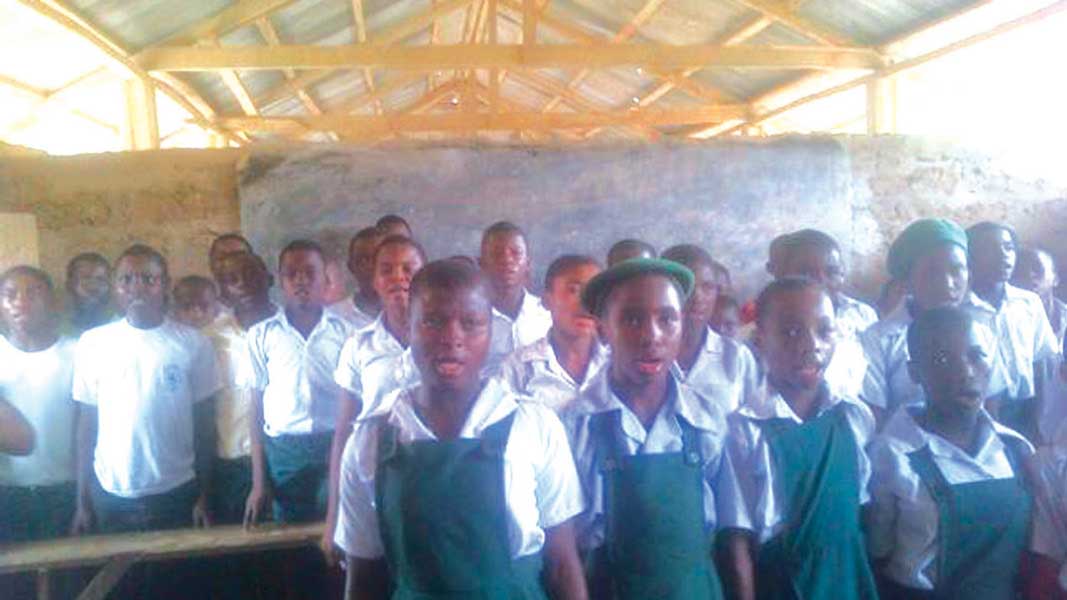
SAN JOSE – San Jose Sharks players huddled together on the ice near the end of Wednesday’s practice for a few minutes. There wasn’t any grand, fiery speech – at least nothing discernable from a few dozen feet away — and it ended after a short while with the group sharing a small laugh.
Players after practice were hesitant to say what the meeting was about. Perhaps the theme, though, was to remain unified even though the Sharks are off to an 0-2-1 start, one year after they began the season with five straight regulation-time losses.
“When you lose a few games, you have to come together,” Sharks goalie Kaapo Kahkonen said. “You can’t blame each other. You can’t point fingers.”
Kahkonen will start Wednesday night when the Sharks face the Boston Bruins to end their season-opening four-game homestand, and job No. 1 for the skaters in front of him is to cut down on the number of shots their goaltender has to face.
The Sharks allowed a combined 94 shots in losses to the Colorado Avalanche and Carolina Hurricanes on Saturday and Tuesday, respectively. Before the start of the third period on Tuesday, the team’s media relations department made a point to announce that Mackenzie Blackwood had stopped more shots through two games to begin a season than any other goalie in Sharks history.
That’s impressive for Blackwood, but not exactly a point of pride for everyone else wearing a teal uniform.
Certainly, coach David Quinn expressed his dismay, saying after the 6-3 loss to Carolina, in which San Jose broke down and allowed four unanswered goals in the third period, that, “We’ve just got to be harder to play against and tonight wasn’t good enough. Way too soft and way too slow.”
Wednesday’s practice, with greater emphasis on forechecking and battle level, tried to rectify those issues before they became bad habits.
“We haven’t established any forecheck. Our O-zone play has been bad,” Quinn said Wednesday. “We just haven’t given our defenseman a chance to create gaps.
“I get the level of competition we’ve had, but I can’t do anything about it, and neither can (the players). But they can get to the spots they need to get to as quickly as possible with the intention of playing through people. The minute we touch somebody, we start looking for a puck, and then we’re losing these battles that just shouldn’t be lost.”
Lacking the star power they had last season with Erik Karlsson and Timo Meier, the Sharks have little chance to compete on a nightly basis if they’re unwilling to move their feet, win battles, and be more physical. Those items must be non-negotiable if the Sharks want to improve upon last season’s 22-44-16 record, the fourth-worst mark from a points percentage standpoint in team history.
“We were turning too many pucks over in the neutral zone. We didn’t establish a forecheck at all. We weren’t physical at all,” Sharks forward Luke Kunin said. “In practice, there was a lot forechecking, a lot of getting flesh and body first, and that’s kind of got to be our identity.
‘If we don’t have that, we’re not going to create a lot in the (offensive) zone.”
Having forwards get in opposing forecheckers’ way would also help take some of the pressure off the defensemen on breakout attempts. In the attacking zone, Kunin and Quinn both said there has to be predictability to what each skater is doing without guys freelancing.
“A forecheck is all about three guys fighting to be F1,” Quinn said. “Because once that happens, there’s the three-man forecheck and then it turns into a five-man forecheck. because the (defensemen) can stay connected near the forwards.
“When one guy goes and F2 and F3 kind of look and there’s hesitation, there’s just too much spacing between people and that’s what’s been happening. We haven’t had that five-man gap where everybody’s skating to gap to sustain zone time.”
LABANC IN: Forward Kevin Labanc said he’s ready to play after he was scratched for the first three games, and he’ll get that opportunity against the Bruins. Quinn said he has liked the way Labanc has practiced in recent days, and it appears the winger will start on a line with Thomas Bordeleau and Filip Zadina.
“If he hadn’t been practicing that way he had, he wouldn’t have been in the lineup today, so he’s put himself in a good position,” Quinn said of Labanc. “This is a guy that’s an established NHLer, and he’s going to be a big contributor this year as well. I’m banking on it, pun intended.”
DEFENSIVE SWITCH: The Sharks reassigned defenseman Henry Thrun to the Barracuda on Wednesday morning. That creates a roster spot for Nikita Okhotiuk, who began the season on the injured non-roster list and is an option to play Wednesday and make his Sharks debut, Quinn said. Marc-Edouard Vlasic and Ty Emberson are also available to play, Quinn said.
Okhotiuk was acquired from New Jersey as part of the trade that sent Timo Meier to the Devils. He has not played an NHL game since Jan. 26 and his last AHL game was on Feb. 11, and he had core muscle surgery on April 3.
SIMEK PRACTICES: Defenseman Radim Simek practiced with the Sharks on Wednesday and is improving from his lower body injury but does not have a timeline for a return. Simek was injured in a Sept. 27 preseason game with the Anaheim Ducks when he blocked a shot.
“It was one blocked shot and then it took longer (to heal) than I expected,” Simek said. “It was the first time for me with this injury. I was disappointed because I was working hard all summer to be ready for training camp and this season. One stupid shot and it (messed up) everything.”








